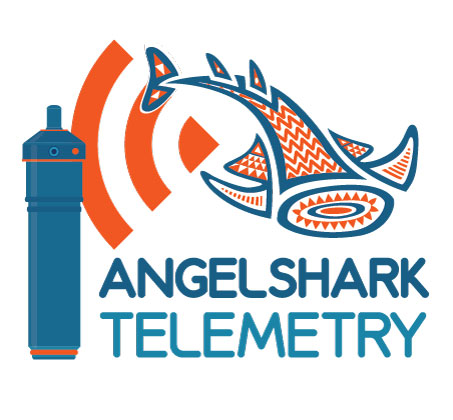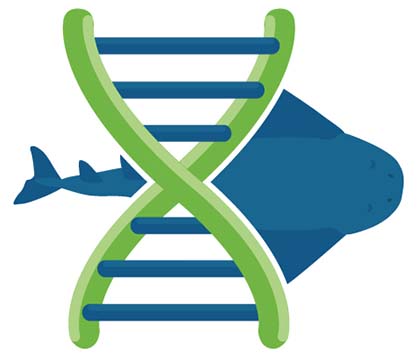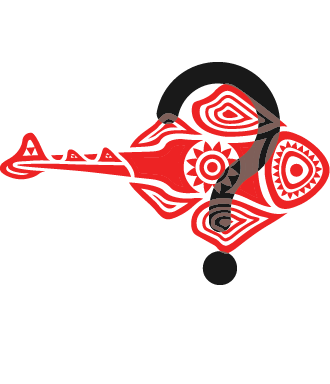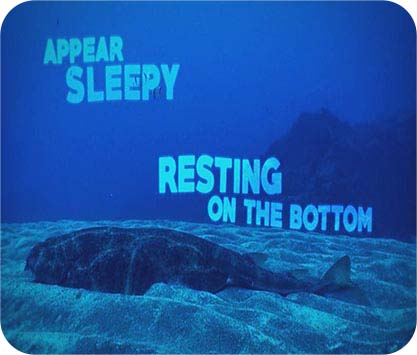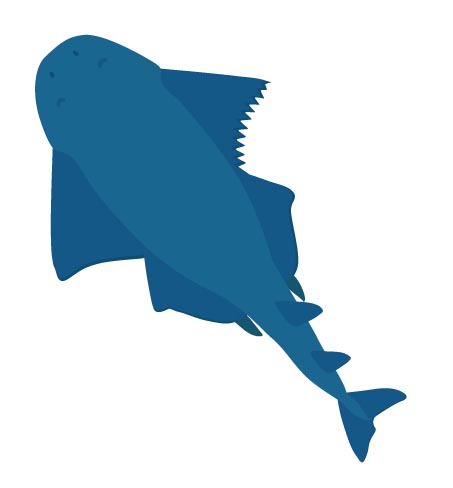The Common Angelshark
The common angelshark or monkfish (Squatina squatina)
The Common Angelshark or Monkfish (Squatina squatina)
The common angelshark or monkfish Squatina squatina is one of the more than 20 described angelshark species worldwide and is the most frequently sighted elasmobranch species by divers in the Canarian archipelago.
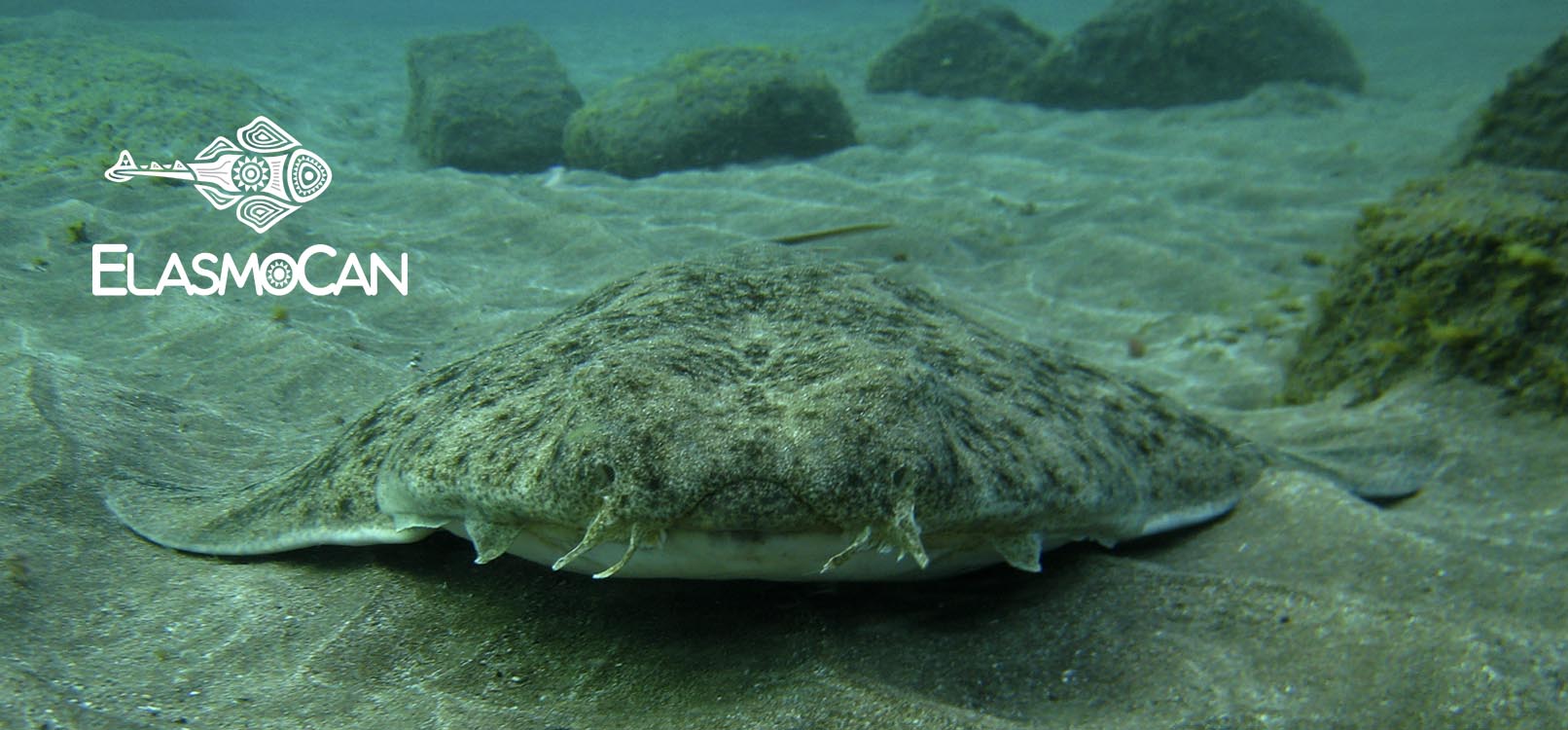
Angelsharks have a peculiar appearance because of their dorso-ventrally flattened bodies and broad pectoral fins, uncommon in shark species. Yet, this shape allows them to live closely associated to the bottom and to develop an ambush prey strategy. This consists in camouflaging for potential prey and swallow those entirely with a surprising attack.
Distribution in the Canary Islands
The common angelshark Squatina squatina has been reported in all the islands of the Canarian Archipelago, being found in fisheries captures off the islands El Hierro, La Palma, Tenerife, Gran Canaria, Fuerteventura and Lanzarote(1). In recent decades there is evidence of its sighting in all islands and islets by specialized forums and social media.
Pioneering studies
To be able to help in the survival of a species it is necessary to understand its life strategies, requiring different researches. The first scientific studies of angelsharks in the Islands were started in 2006 by the members of ElasmoCan: Osaer 2009 and Narváez 2012. These researches describe different biological and ecological aspects like reproduction, individual identification, habitat use & population structure, and the validation of recreational diver reports (citizen science) in the monitoring of the species.
Scientific monitoring
We continue to generate scientific reference information, essential for the understanding and conservation management of the angelshark in its entire distribution. To achieve this we use different tools, mainly photo-identification, acoustic telemetry, and genetic and trophic analysis. These enable us to know and monitor different aspects of the species, including detect predators and possible threats.
Fisheries resource in the Canary Islands
The common angelshark Squatina squatina was considered as a fisheries resource by different authorities in the Canary Islands, e.g. the Canarian Government and the Cabildo of Gran Canaria (Aplica 2). The European Union restricted its fisheries in 2009. From this year onwards, fishing vessels were no longer allowed to retain captured individuals on board and to land them. You can read more about this and other fisheries protection regulations that apply to this angelshark species in the Canary Islands in the section of its conservation status.
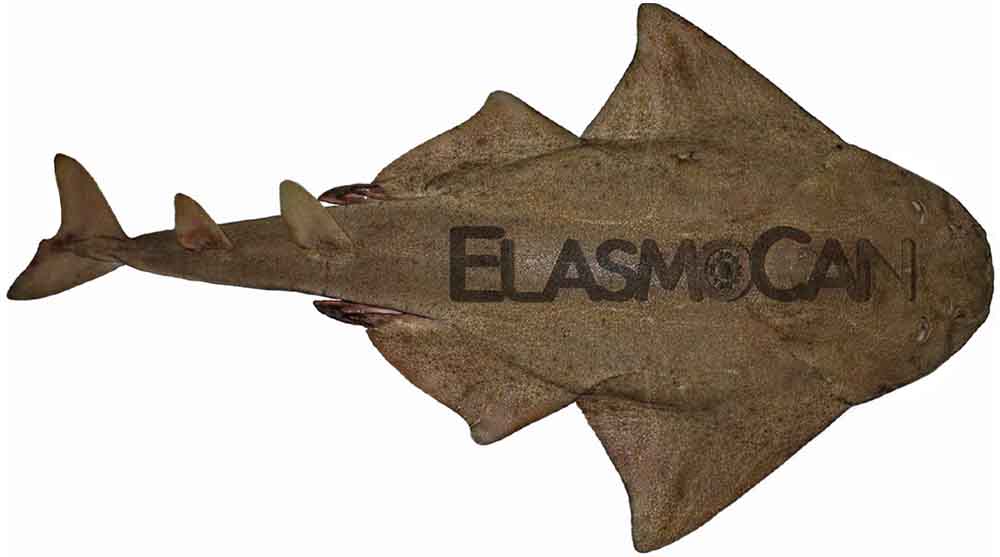
(1)Bravo de Laguna J, Escánez J (1975) Informe sobre las posibilidades pesqueras de elasmobranquios en el archipiélago Canario. Publ Junt Est Tec Pesca (11):169-192

